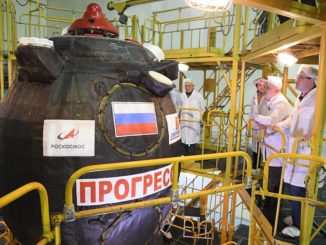
International Space Station

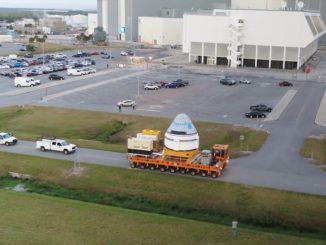

Earth observation, deep space exploration big winners in new ESA budget
European Space Agency member states on Thursday committed nearly 12.5 billion euros ($13.8 billion) to fund ESA programs over the next three years, promising money to grow Europe’s fleet of satellites studying Earth’s changing climate, contribute to NASA-led lunar exploration efforts, and continue ESA’s participation in the International Space Station until 2030.

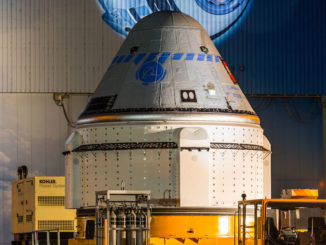
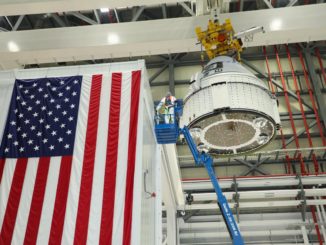
Boeing’s first space-ready Starliner crew capsule meets its Atlas 5 launcher
Boeing’s first Starliner crew capsule to fly in space departed its factory Thursday at the Kennedy Space Center in Florida for a trip to a launch pad a few miles away, where teams raised the craft atop an Atlas 5 rocket for liftoff next month on an unpiloted test flight to the International Space Station.
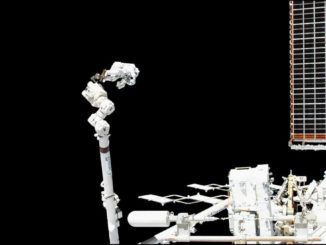
Astronauts complete bonus objectives in first in series of AMS repair spacewalks
Two astronauts ventured outside the International Space Station Friday for the first of four spacewalks to repair a $2 billion cosmic ray detector, breezing through work to prep the device for invasive surgery to splice in new coolant pumps and extend the instrument’s life probing the composition of the universe.
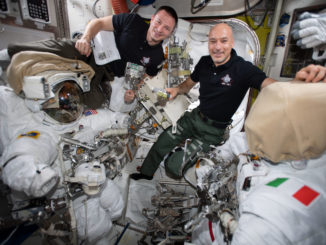
Complex spacewalk repair work begins Friday
After four years of brainstorming, custom tool development and training, two astronauts plan to venture outside the International Space Station Friday for the first of four spacewalks to repair a $2 billion cosmic ray detector. The excursions are considered the most challenging since work to service the Hubble Space Telescope.
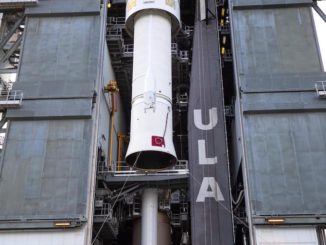
Photos: Centaur upper stage hoisted atop Atlas 5 rocket for Starliner launch
United Launch Alliance teams at Cape Canaveral hoisted a Centaur upper stage on top of an Atlas 5 rocket Friday at launch pad 41, completing the initial build-up of the launch vehicle slated to carry Boeing’s Starliner crew capsule into space in December on an unpiloted test flight to the International Space Station.

Next three-man Soyuz crew training to have space station to themselves
The next three-man crew to launch on a Soyuz rocket — comprising two Russian cosmonauts and a veteran NASA astronaut — is training to have the International Space Station to themselves after their arrival at the orbiting research outpost in April, at least until new U.S. commercial crew ships enter service.
